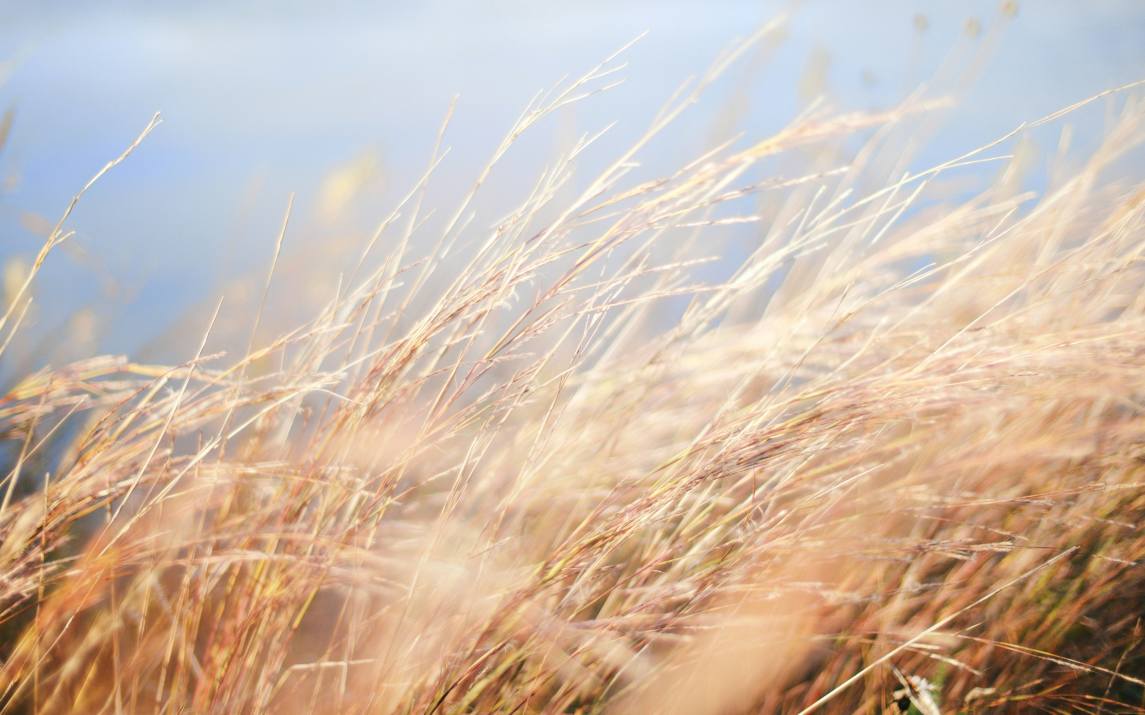When it comes to hunting, understanding wind and thermals is one of the most critical skills a hunter can master. While many hunters rely on powder puffs, smoke bottles, or electronic wind detectors, there’s one natural tool that has been quietly used for generations—milkweed fibers. This lightweight, all-natural wind indicator provides real-time feedback on wind direction and thermals, making it an invaluable asset for deer hunters, especially those who rely on scent control and strategic stand placement.
In this guide, we’ll explore how and why milkweed works for hunting, how to collect and use it effectively, and why it’s superior to traditional wind-detection methods.
Why Wind & Thermals Matter in Hunting
Before diving into why milkweed is an excellent tool for hunters, let’s break down the importance of understanding wind and thermals.
✔ Wind direction: Animals, especially whitetail deer, elk, and predators like coyotes, rely heavily on their sense of smell to detect danger. If the wind carries your scent toward them, your hunt is over before it even begins.
✔ Thermals: Unlike wind, which moves horizontally, thermals are vertical air currents caused by temperature changes. In the morning, rising warm air lifts scent upward, while in the evening, cooling air pulls it downward. Knowing how thermals shift throughout the day helps hunters position themselves in optimal locations.
The Limitations of Traditional Wind Detectors
Many hunters use powder bottles or puffers to check wind, but they have limitations:
❌ They dissipate quickly, showing only a brief snapshot of wind direction.
❌ They don’t reveal thermals well, since powders fall or scatter instead of floating.
❌ They aren’t reusable, meaning you must carry multiple bottles or packs for a full hunt.
This is where milkweed fibers shine.
What Makes Milkweed the Perfect Wind Checker?
Milkweed fibers, also called floss or silk, come from mature milkweed pods. These lightweight fibers are naturally buoyant and can float for long distances, making them an ideal tool for checking wind and thermals.
Benefits of Using Milkweed for Hunting
✔ Floats longer – Unlike powder puffs that disappear within seconds, milkweed drifts for several yards, giving a full picture of wind patterns.
✔ Shows microcurrents – It can reveal subtle, shifting airflows that would otherwise go unnoticed.
✔ Works in all weather – Milkweed floats even in light rain, fog, or calm conditions, unlike powder that clumps in moisture.
✔ Reusable & eco-friendly – It’s biodegradable and natural, making it an environmentally friendly option compared to synthetic wind checkers.
How to Harvest & Prepare Milkweed for Hunting
Milkweed is found throughout North America and grows in open fields, roadsides, and meadows. It typically matures in late summer to early fall, when its seed pods split open to release fluffy white fibers.
How to Collect Milkweed
1️⃣ Find mature milkweed pods – Look for brown, dry pods that are starting to split open.
2️⃣ Pick & dry them – Harvest pods before the seeds fully disperse, and let them dry for a few days.
3️⃣ Separate the silk – Gently pull the fibers away from the seeds, keeping them intact.
4️⃣ Store properly – Keep the fibers in a small waterproof container, like a film canister, chew tin, or mesh bag for easy field access.
👉 Pro Tip: Add several milkweed fibers to your hunting pack so you always have a steady supply during your hunt.
How to Use Milkweed in the Field
Using milkweed is simple yet effective. Here’s how to incorporate it into your hunting routine:
1. Check Wind & Thermals Before Setup
✔ Before setting up your tree stand, blind, or calling position, release a small handful of milkweed fibers.
✔ Watch where they drift to understand the wind’s movement at different heights.
2. Monitor Thermals Throughout the Hunt
✔ In the morning, expect rising thermals—milkweed should float upward as the sun warms the ground.
✔ In the evening, expect falling thermals—milkweed will drift downward as the air cools.
✔ If hunting in a valley or ravine, use milkweed to determine how air settles or swirls in those tricky locations.
3. Adjust Your Position Based on Wind Patterns
✔ If milkweed drifts toward your target area, reposition upwind to stay undetected.
✔ If it swirls unpredictably, consider relocating to a ridge or clearing where wind is more stable.
👉 Pro Tip: Keep checking every 15–30 minutes since wind conditions change throughout the day.
Best Hunting Situations for Using Milkweed
Milkweed works exceptionally well for bowhunting, still-hunting, and predator calling, where scent control is crucial.
1. Whitetail Deer Hunting
✔ Helps you choose the right stand location based on shifting wind currents.
✔ Reveals if thermals are pulling your scent into a bedding area.
✔ Ensures you remain undetected by mature bucks, which rely on their nose for survival.
2. Elk & Mule Deer Hunting
✔ Useful in high-altitude terrain, where thermals change drastically throughout the day.
✔ Ideal for spot-and-stalk hunters who need to stay downwind of a moving herd.
3. Coyote & Predator Hunting
✔ Coyotes have an exceptional sense of smell, making wind detection critical for calling setups.
✔ Milkweed allows you to avoid being winded before taking a shot.
Final Thoughts: Is Milkweed Worth Using for Hunting?
Absolutely! Milkweed is one of the most effective, natural, and affordable tools for understanding wind and thermals. Unlike powders that vanish within seconds, milkweed floats long enough to reveal true air currents, helping hunters make smarter positioning decisions.
By incorporating milkweed into your hunting strategy, you’ll increase your odds of staying undetected, making for more successful and ethical hunts. So, next time you’re preparing for a hunt, don’t forget to grab some milkweed pods—they might just be the secret weapon that helps you tag your next big buck!
🎯 Happy Hunting & Stay Downwind! 🦌🏹


